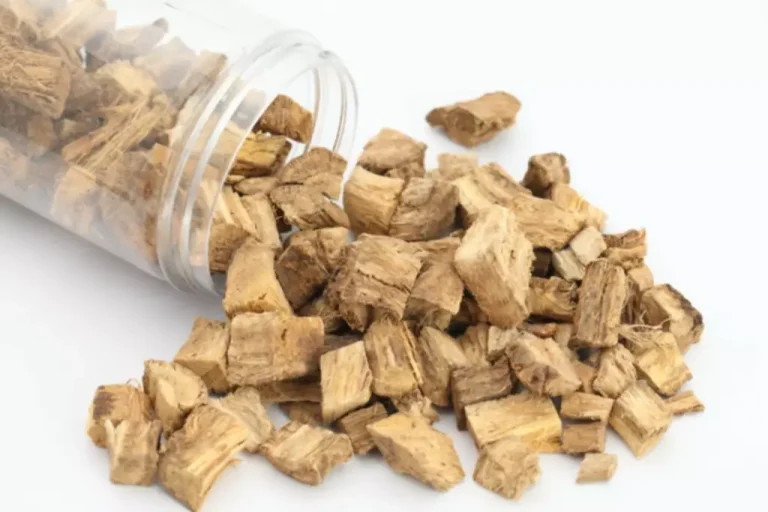Doping in sport: What is it and how is it being tackled? BBC Sport

The NCAA drug testing program, along with clear policies and effective educational programs, contributes to a campus environment that supports healthy choices, fair competition and a positive environment for student-athletes. A lot of what is known about the acceptable levels of sports trauma–induced pain comes from the recovery phase of those activities. The primary medical use of these compounds is to treat conditions such as asthma and other respiratory ailments. Some studies have shown beta-2 agonists have performance-enhancing effects when consistently high levels are present in the blood.
What is doping?
Elite athletes competing at international and national levels are subject to standardized anti-doping guidelines under the auspices of WADA and related national organizations. WADA is the international independent agency that publishes the World Anti-Doping Code, which is the document harmonizing anti-doping policies in all sports and all countries.61 The Code was first adopted in 2003 and became effective in 2004. Prior to Armstrong’s confession, Ben Johnson was probably the world’s highest-profile drugs cheat. The Canadian sprinter tested positive for anabolic steroids at the 1988 Olympic Games in Seoul. There are five classes of banned drugs, the most common of which are stimulants and hormones.
Physical pressures
This practice, which can lead to kidney and heart failure, is banned. Robinson’s was the most notorious case — due to the punishment he received — but by no means the only one that came to light at the time regarding drug use by NBA players. Marvis Barnes, nicknamed “Bad News,” was a power forward who played in the 1970s and 1980s for several teams including the Detroit Pistons and the Boston Celtics. His biography, Bad News, recounts how he went from being an important player in the league to spending five years in prison for dealing drugs. Considered one of the most promising college players of his generation, he was picked second overall in the 1986 NBA Draft by the Boston Celtics.
- However, the role that they best play in sports medicine is unclear and fraught with difficult ethical questions.
- During the Olympics that year, the Danish cyclist Knud Enemark Jensen collapsed and died while competing in the 100-kilometer (62-mile) race.
- The leagues tend to treat marijuana as a recreational drug; athletes, however, have cited it as a substance that helps with recovery and pain management.
- There are several kinds of performance-enhancing drugs in sport.
- However, these efforts did not become mainstream until the last 30 years.
Performance-enhancing substances in sports: a review of the literature
This app provides information about the health effects of performance enhancing drugs (doping) through an interactive virtual reality style experience. The substances discussed in this issue probably all have a legitimate role in treating pain in various medical conditions. Even the cannabinoids can be justified in those dealing with terminal, painful conditions.
Genetics and sports performance: the present and future in the identification of talent for sports based on DNA testing

During this time, significant measures have been taken to punish the use of performance-enhancing drugs, deter athletes from starting them, and improve testing methods. Diuretics are medications that induce fluid loss from the body through urination. Reducing the water volume in the body can significantly reduce weight, which is why this drug abuse in sports appeals to some athletes.
Asthma Issues: sport, travel, and pregnancy – Australasian Society of Clinical Immunology and Allergy (ASCIA)
- However, steroids and its related hormones have visible side effects, especially when taken at higher than medically safe doses.
- However, this is problematic because it does not acknowledge the impact such a decision will have on the health of the athletes who engage in doping.
- Anti-estrogens block the body’s estrogen receptors, allowing athletes to protect their physique while engaging in steroid use.
- In countries where anabolic steroids are strictly regulated, some have called for regulatory relief.
Eventually, this impairs kidney function and in some cases, leads to kidney failure. You can help reduce your risk of winter sports injuries with planning, preparation and proper equipment. To find out about the effects drug use in sports of legal and illegal drugs visit the Alcohol and Drug Foundation website.

What next in the fight against doping?

Prior to entering the league, only the NFL requires pre-employment testing for all players, although in the MLB, all players are subjected to testing within five days of reporting for spring training. The NBA, NHL, NCAA, and all other professional leagues do not require pre-employment testing. The NFL and MLB also test for “drugs of abuse” (recreational drugs, i.e., marijuana, cocaine, etc) and the NBA, similarly, tests for cocaine, opiates, PCP, LSD and marijuana.
In the 1990s, it was common for pro cyclists to use erythropoietin. Doping with erythropoietin may raise the risk of serious health problems. These include stroke, heart attack and blocked arteries in the lung. It’s common for athletes who exercise for long amounts of time to use a lab-made type of erythropoietin called https://ecosoberhouse.com/article/how-to-naturally-reduce-alcohol-cravings/ epoetin. The anabolic steroids used by athletes are often forms of testosterone made in a lab.
What Are the Different Types of Performance Enhancing Drugs?
As a result, there is no perfect guide to passing a doping test while still using performance-enhancing drugs in sport. They have to perform on large stages, with many people’s expectations resting on them. This pressure predisposes them to mental health conditions such as anxiety, stress, and depression. It can result in drug abuse in athletes, of medications like anxiolytics and antidepressants.
